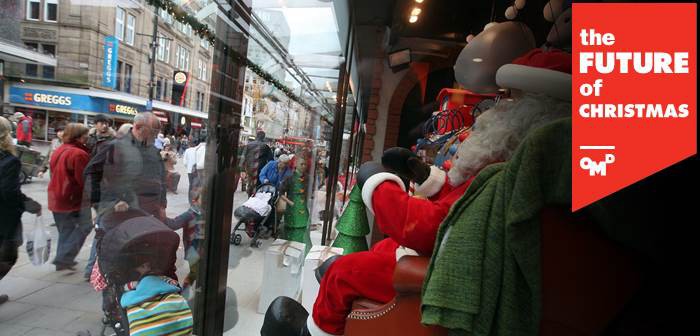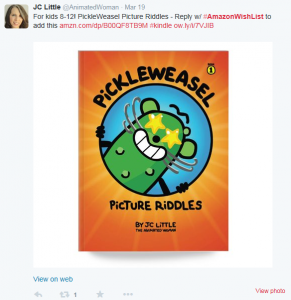Flicking through an Argos catalogue and scribbling down the name of the latest Nerf blaster on a note entitled ‘Wish List’ is a Christmas tradition commonplace with kids across the UK. What might come as more of a surprise, however, is just how significant the Christmas wish list is amongst us oldies too.
The rise of online Christmas shopping is one significant trigger in the resurgence of the Christmas list, with 61% of UK shoppers reporting to have searched for gift ideas on Amazon last Christmas, compared to 50% completing a more traditional Google search (Source: Searchmetrics, Dec 2014). Crucially however, as more people turn to e-commerce sites like Amazon for present inspiration, adoption of on-site wish list features are becoming more popular too. For example, Mandy and Katy from our Future of Christmas online community recall using Amazon wish lists to both organise presents for other people as well as take note of presents they would like to receive.
“I also like being able to put things in to wish lists, I must have about 10 on Amazon, for different people, if someone mentions something they like I will search for it and add it to a wish list for future reference and that helps me with Christmas shopping.”
Mandy, 36
“My partner always compiles a wish list on Amazon but this is generally for his parents or my parents to choose from.“
Katy, 23
It is important to note that Amazon wish lists are popular throughout the year, however as displayed in the examples above, Christmas wish list creation and searching becomes less about ‘me’ and increasingly about others.
Wish lists are expanding into the social sphere too, with (as would be expected), Amazon leading the charge through the launch of #Amazonwishlist last year. In a nutshell, this Twitter partnership enables any tweet containing an Amazon product to be added to your personal Amazon account by simply replying #Amazonwishlist.
In summary, increased preference for online shopping coupled with a desire to make Christmas shopping as simple as possible is making use of wish lists more popular, be it planning what to buy for others or what we want bought for us. This ultimately means that brands need to understand their role in driving desire amongst both gift givers and receivers and claim their spot on lists early.





